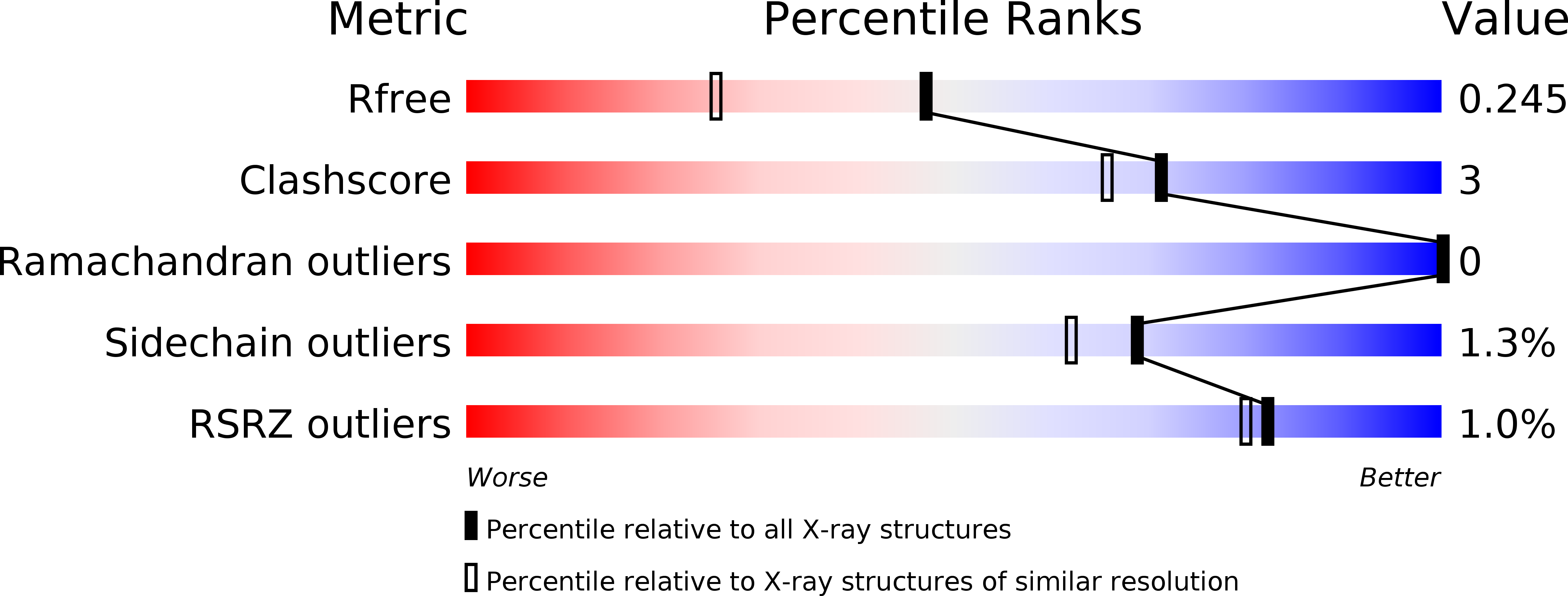
Deposition Date
2011-06-03
Release Date
2011-12-28
Last Version Date
2024-11-27
Entry Detail
PDB ID:
3SAO
Keywords:
Title:
The Siderocalin Ex-FABP functions through dual ligand specificities
Biological Source:
Source Organism:
Gallus gallus (Taxon ID: 9031)
Host Organism:
Method Details:
Experimental Method:
Resolution:
1.80 Å
R-Value Free:
0.23
R-Value Work:
0.20
R-Value Observed:
0.20
Space Group:
P 21 21 21


